Substance Use Prevention and Harm Reduction
The national opioid epidemic began with widespread addiction to, and misuse of prescription painkillers. More recently, illegal drugs such as heroin and illicitly manufactured fentanyl are responsible for a majority of fatal overdoses. As well, a growing number of states are legalizing marijuana, still considered an illicit drug at the federal level, for medical and adult recreational use. Law and policy can help or hinder harm reduction and overdose prevention measures.
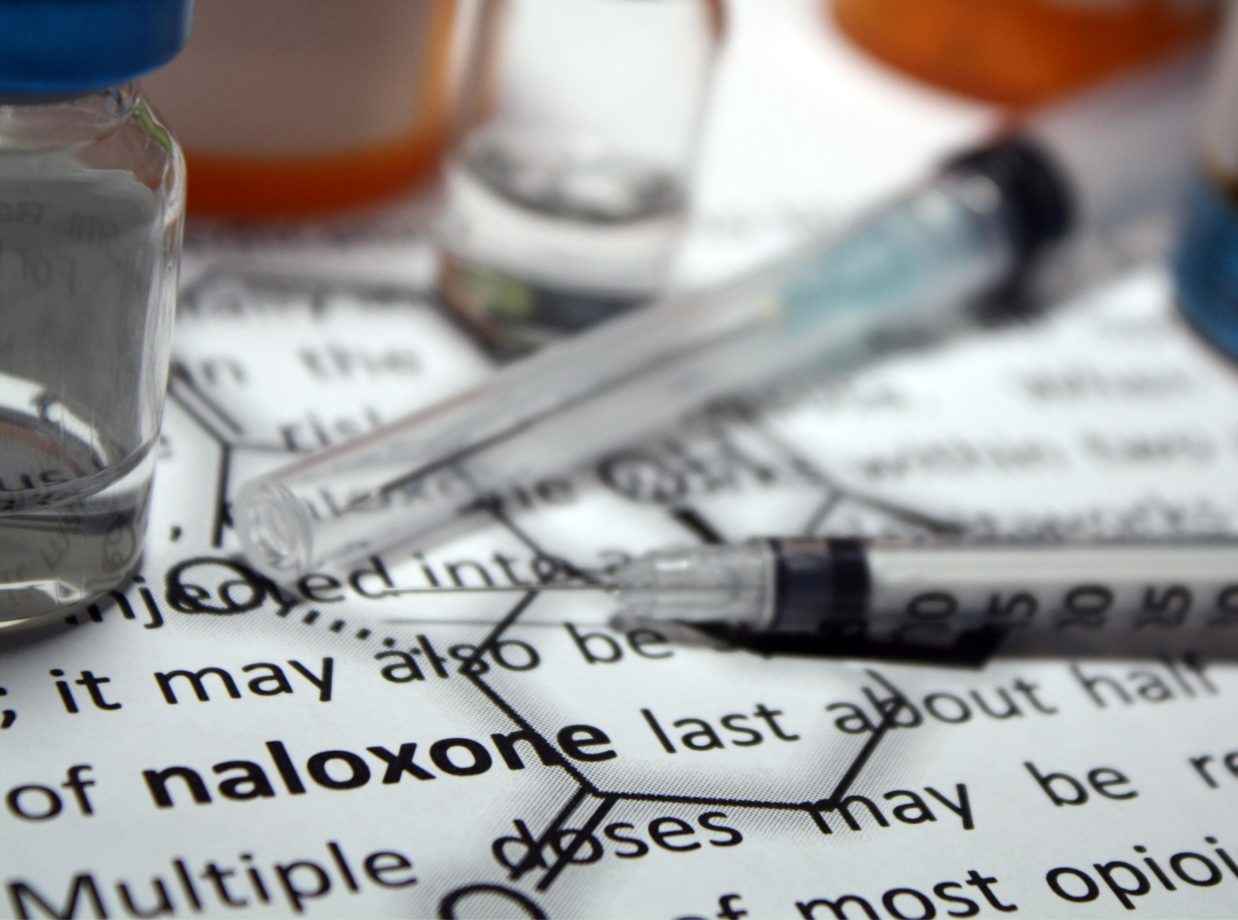
Explore a Sub-topic
Resources

Characteristics of Statewide Naloxone Distribution Mechanisms
Read More

Cannabis Legalization: Critical Policy Issues Impacting the Health of Children
Read More

Harm Reduction Laws in the United States
Read More
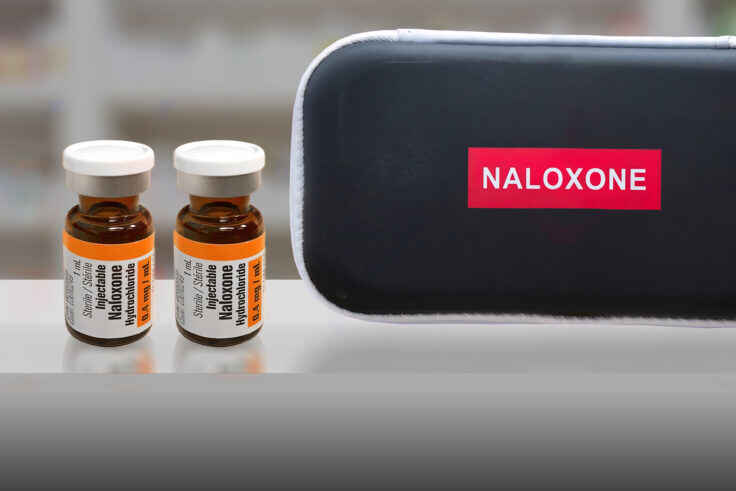
Harm Reduction Laws in the United States – 2024 Update
Read More
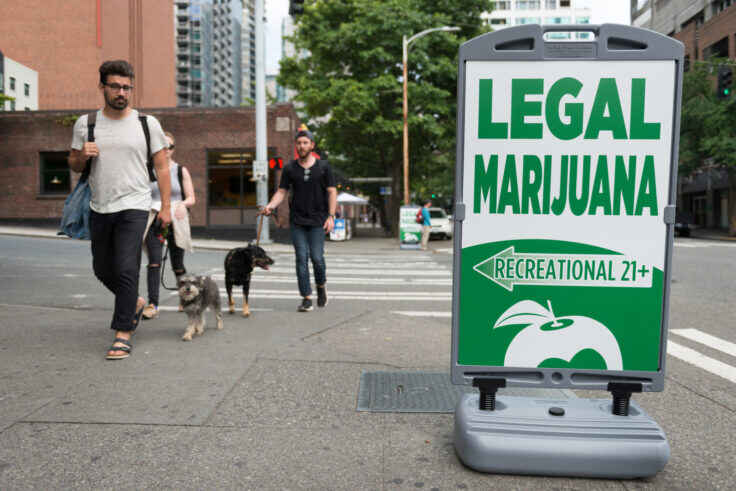
Critical Public Health Issues in Cannabis Legalization
Read More

State Non-Fatal Overdose Reporting Requirements
Read More

Naloxone Insurance Coverage Mandates
Read More
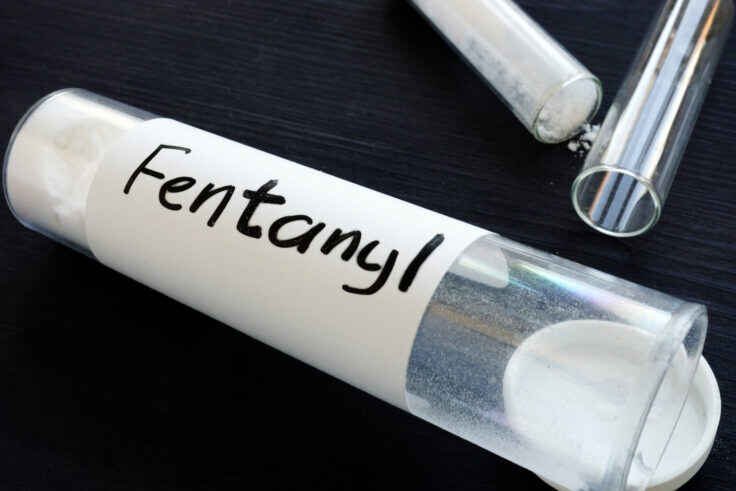
Evidence for Fentanyl Test Strips
Read More

Removal of the “X-Waiver” Requirement
Read More

Critical Public Health Law and Policy Issues in 2021: The Year in Review
Read More

Law and Policy Pathways to Addressing the Epidemic of Drug-Related Harm
Read More

Cross-Sector Approach to Removing Legal and Policy Barriers to Opioid Agonist Treatment
Read More
Spotlight

To Address Overdose, The U.S. Should Ramp Up Proven Interventions at Home, Not Performative Attacks Abroad.
Read More

Paying People to Refrain from Drug Use Works. Recent Policy Changes Have Eased the Legal Barriers to this Promising Practice.
Read More
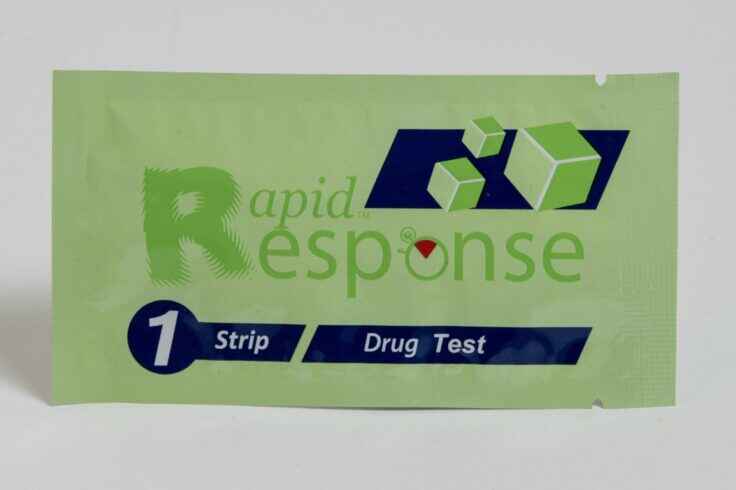
Drug Checking is Effective: More States Should Stop Criminalizing It
Read More
Explore Topics
Related Healthy Living Resources
How we can help
Legal Research and Assistance
Experienced legal experts are available to answer questions and provide research, analysis and guidance. Tell us what you’re working on. We’re ready to help.







